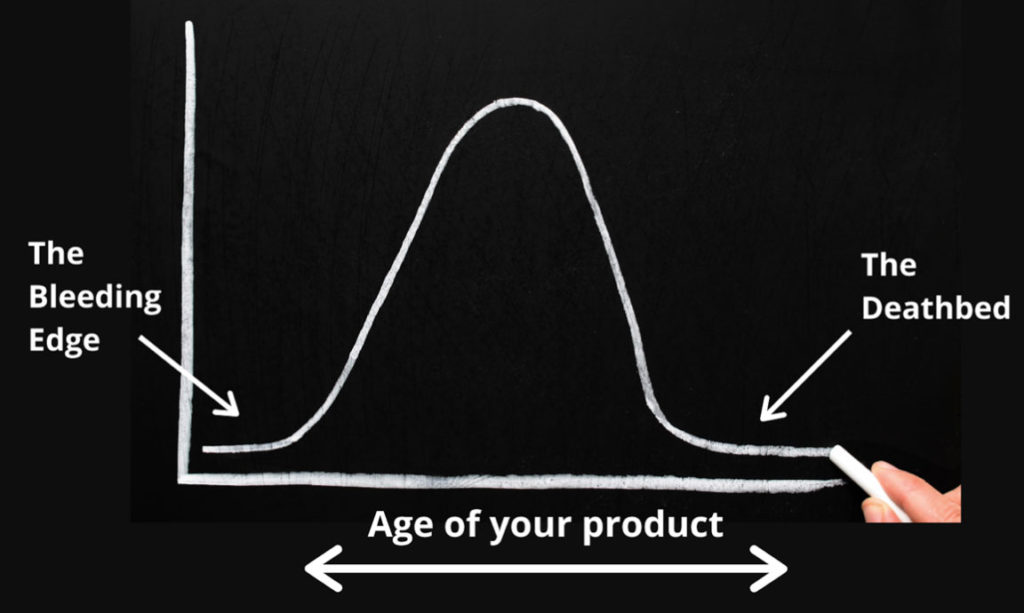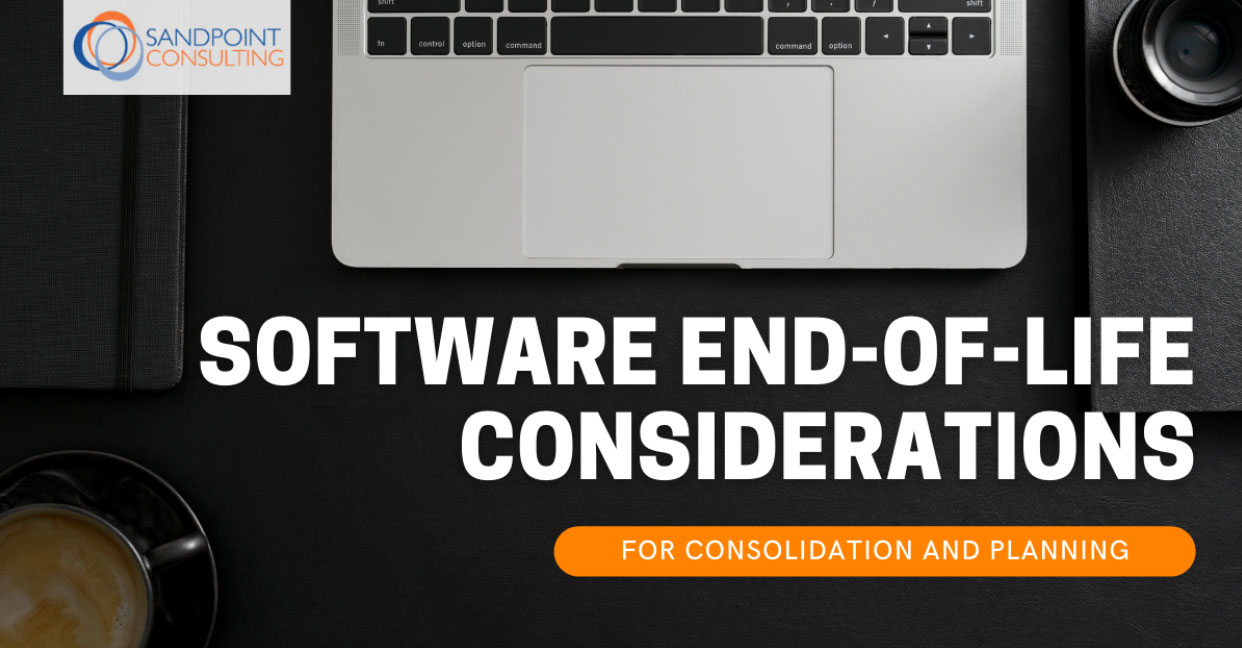If you’re anything like me, the older you get the faster time seems to pass. For many professionals involved with planning and consolidation software, it seems when you’ve just finished your initial implementation, there’s already talk about the end of life for your software! Here are some considerations if your software is getting a little long in the tooth.
Where are you in the product life cycle?
Most organizations view the first few years of a new software as the “bleeding edge.” However, being on the backside of the software life cycle can be just as bad. The image below is the way I typically envision the life of a product.

At the end of a product’s life cycle you will usually experience:
- Slower patch development times
- Less support for issues
- Fewer available resources for support (maintenance or development)
- Issues with product compatibility
- Higher maintenance and support costs
In addition to these issues, there are often more conflicts with ancillary software. Taking an example from SAP’s Business Planning and Consolidation (BPC) software, changes to the Microsoft suite (Office or SQL Server) may result in frequent compatibility issues that will take longer and longer to address.
Where are you in the life of your process?
Much like the software that may not have aged well, the processes and procedures reflected in your software may not have done so either. If you implemented software five or more years ago, odds are your process is out-of-date. IT professionals are often unaware of this because users tend to find work-arounds for the areas that no longer work for them. When evaluating new software, consider your process. Best practices in business processes and software change over time. Using new software in the way you’ve “always done things” may not be the best use of your resources (including human capital and investment in software).
What are the stakes?
Much like driving a car with more than 200,000 miles on the odometer, you risk getting stranded with your aging software — what are the consequences if you have an issue? Are you a public company that needs to have your 10-Ks and 10-Qs filed within a statutory deadline? If so, you may be risking regulatory and reputational consequences. Maybe you’re not a public entity, but you have strict lending reporting requirements, or you report to some other type of regulatory body.
Are you missing out?
Are you missing opportunities by neglecting to make changes to your software? It’s possible there is newer software available with more features and lower maintenance costs. As you review your software, consider your workforce as well. Trying to recruit and retain employees when you are still using a DOS-based system may not be that easy.
Ready to make a jump? Look before you leap
So you’ve reviewed your options, and you’re ready to make a change. It’s important to take your time. Consider all of your options and opportunities. Make sure you understand exactly what you need in a software package. Don’t try to implement your old software in a new platform — this never ends well.
Deciding to stay put for now
You may have considered all your options, reviewed your process and the associated risks, and decided that now is not the time to make a change. That’s okay. Not every organization needs to make a change, and at a minimum you have established a baseline for the needs of your organization. Many software vendors will offer quality support up to and well after the end of life for a software platform, but don’t assume this will be the case. Have conversations with your software vendor and other professionals familiar with the product to ensure you are forging ahead with the best information possible.
A better way forward
At the end of the day, your software and your process is well … yours! You represent the experts in determining what your organization needs — if you’ve considered this advice, you’ll make a good decision. I know it!

